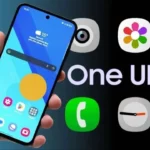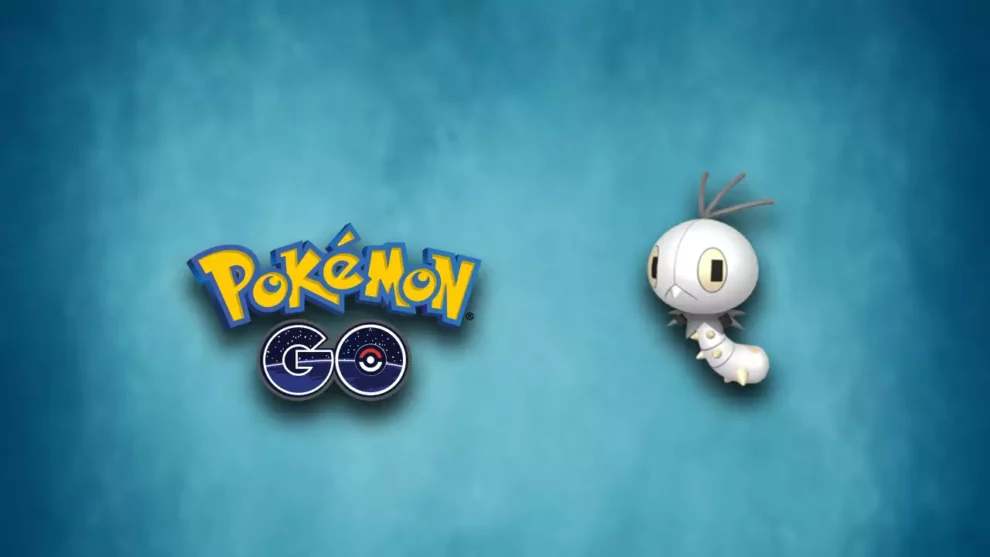The gaming world is abuzz with news that Niantic, the company behind the global phenomenon Pokémon Go , is on the verge of finalizing a blockbuster $3.5 billion deal to sell its games division. This move marks a pivotal moment for the augmented reality (AR) pioneer, signaling both an evolution in its business strategy and a potential shift in how interactive entertainment is developed and delivered in the future.
Since its inception, Niantic has been at the forefront of blending real-world exploration with digital gameplay, creating experiences that captivate millions of players worldwide. However, as the gaming industry continues to evolve at breakneck speed, the decision to offload its games unit suggests the company may be rethinking its priorities—or perhaps positioning itself for even greater ambitions beyond traditional game development.
A Legacy of Innovation
Niantic first captured the world’s imagination in 2016 with the launch of Pokémon Go . The mobile game quickly became a cultural touchstone, drawing players into parks, city streets, and landmarks as they sought to catch virtual creatures superimposed onto their surroundings through AR technology. At its peak, the game attracted over 50 million daily active users and generated billions in revenue, solidifying Niantic’s reputation as a trailblazer in location-based gaming.
Building on this success, the company expanded its portfolio with titles like Harry Potter: Wizards Unite and Pikmin Bloom . Each release showcased Niantic’s ability to merge storytelling with immersive AR environments, encouraging players to engage with the world around them in new and innovative ways. Despite some ups and downs—such as the lukewarm reception of Wizards Unite —the studio remained synonymous with pushing the boundaries of what mobile gaming could achieve.
However, maintaining leadership in such a competitive space comes with challenges. As larger tech giants and gaming studios invest heavily in AR and VR technologies, Niantic faces mounting pressure to stay ahead. Selling its games division appears to be part of a broader strategy to streamline operations and focus resources on areas where it can maintain a competitive edge.

Why Now? Timing and Strategy Behind the Sale
While details surrounding the buyer remain undisclosed, insiders suggest that multiple parties have expressed interest in acquiring Niantic’s games unit. With a valuation reportedly hovering around $3.5 billion, the sale underscores the enduring appeal of Niantic’s intellectual property and its proven track record in delivering engaging, large-scale gaming experiences.
Several factors likely contributed to the timing of this decision. First, the gaming landscape has shifted dramatically since Pokémon Go ’s debut nearly a decade ago. Today, players demand richer narratives, more sophisticated mechanics, and seamless integration across platforms—all of which require significant investment in research, development, and marketing. For Niantic, divesting its games division may allow the company to allocate resources toward exploring emerging opportunities in AR hardware, software, and enterprise solutions.
Second, the rise of metaverse initiatives from companies like Meta (formerly Facebook), Microsoft, and Epic Games highlights the growing importance of AR and spatial computing in shaping the next generation of digital interaction. By stepping away from day-to-day game production, Niantic could position itself as a key player in building the infrastructure and tools needed to power these futuristic ecosystems.
Finally, there’s the financial aspect. While Pokémon Go remains profitable, sustaining long-term growth requires continuous innovation—a costly endeavor. Offloading the games division not only provides Niantic with a substantial cash infusion but also allows it to pivot toward ventures with potentially higher returns.
What Does This Mean for Players?
For fans of Niantic’s games, the impending sale raises questions about the future of beloved franchises like Pokémon Go . Will ongoing support continue uninterrupted, or will changes in ownership lead to shifts in creative direction? These concerns are understandable, given the emotional attachment many players feel toward these titles.
Fortunately, industry analysts believe any transition will prioritize continuity. High-profile acquisitions often come with agreements ensuring existing projects receive adequate backing during the handover period. Moreover, the buyer—whether a major publisher or private equity firm—is likely motivated by the enduring profitability of Niantic’s games, making abrupt cancellations or drastic alterations unlikely.
That said, the sale does introduce uncertainty regarding upcoming releases. Projects currently in development might face delays or restructuring depending on the new owner’s vision. Longtime followers of Niantic’s work should brace themselves for possible adjustments while remaining hopeful that the core elements that made these games special will endure.
Broader Implications for the Gaming Industry
Beyond its immediate impact on Niantic and its community, this deal reflects broader trends reshaping the gaming sector. Consolidation has become increasingly common as companies seek economies of scale and access to cutting-edge technology. Recent high-profile mergers, such as Microsoft’s acquisition of Activision Blizzard and Take-Two Interactive’s purchase of Zynga, illustrate the intensifying competition among industry leaders.
Niantic’s decision to sell its games division aligns with this trend, albeit with a unique twist. Rather than doubling down on content creation, the company seems intent on carving out a niche as a provider of AR tools and platforms. This approach mirrors moves by other tech-driven firms aiming to capitalize on the convergence of gaming, social networking, and immersive media.
Should Niantic succeed in transitioning to this role, it could redefine how developers create and distribute AR experiences. Imagine a scenario where independent creators leverage Niantic’s platform to build their own location-based games or educational apps. Such democratization of AR development could unlock untold possibilities, empowering innovators to experiment without the overhead typically associated with large-scale productions.
Looking Ahead: Challenges and Opportunities
Of course, no strategic pivot comes without risks. Niantic must navigate several hurdles if it hopes to thrive in its new capacity. Chief among these is the challenge of standing out in an increasingly crowded field. Competitors like Unity Technologies and Unreal Engine already dominate the market for game development tools, offering robust frameworks tailored to diverse needs. Differentiating itself will require Niantic to emphasize its strengths—namely, its expertise in AR and real-world interaction.
Additionally, the company must contend with evolving consumer expectations. As audiences grow more discerning, delivering consistently high-quality experiences becomes paramount. Any misstep could tarnish Niantic’s hard-earned reputation and undermine confidence in its products.
Despite these obstacles, the potential rewards are immense. By focusing on enabling others to create transformative AR content, Niantic could cement its status as a cornerstone of the digital economy. Its legacy would extend far beyond individual games, encompassing entire ecosystems built atop its foundation.
Final Thoughts
As Niantic edges closer to completing its $3.5 billion deal, one thing is clear: the gaming giant is charting a bold new course. Whether viewed as a savvy business maneuver or a calculated gamble, the sale of its games division represents a defining chapter in the company’s storied history. For players, developers, and industry observers alike, the coming months promise to be filled with intrigue—and perhaps even inspiration—as Niantic embarks on its next adventure.
In an era defined by rapid technological advancement and shifting paradigms, adaptability is key. If Niantic’s journey teaches us anything, it’s that embracing change can open doors to unimagined opportunities. And who knows? The same spirit of innovation that brought Pokémon Go to life may yet spark another revolution—one that transforms how we interact with the world and each other.
















Add Comment